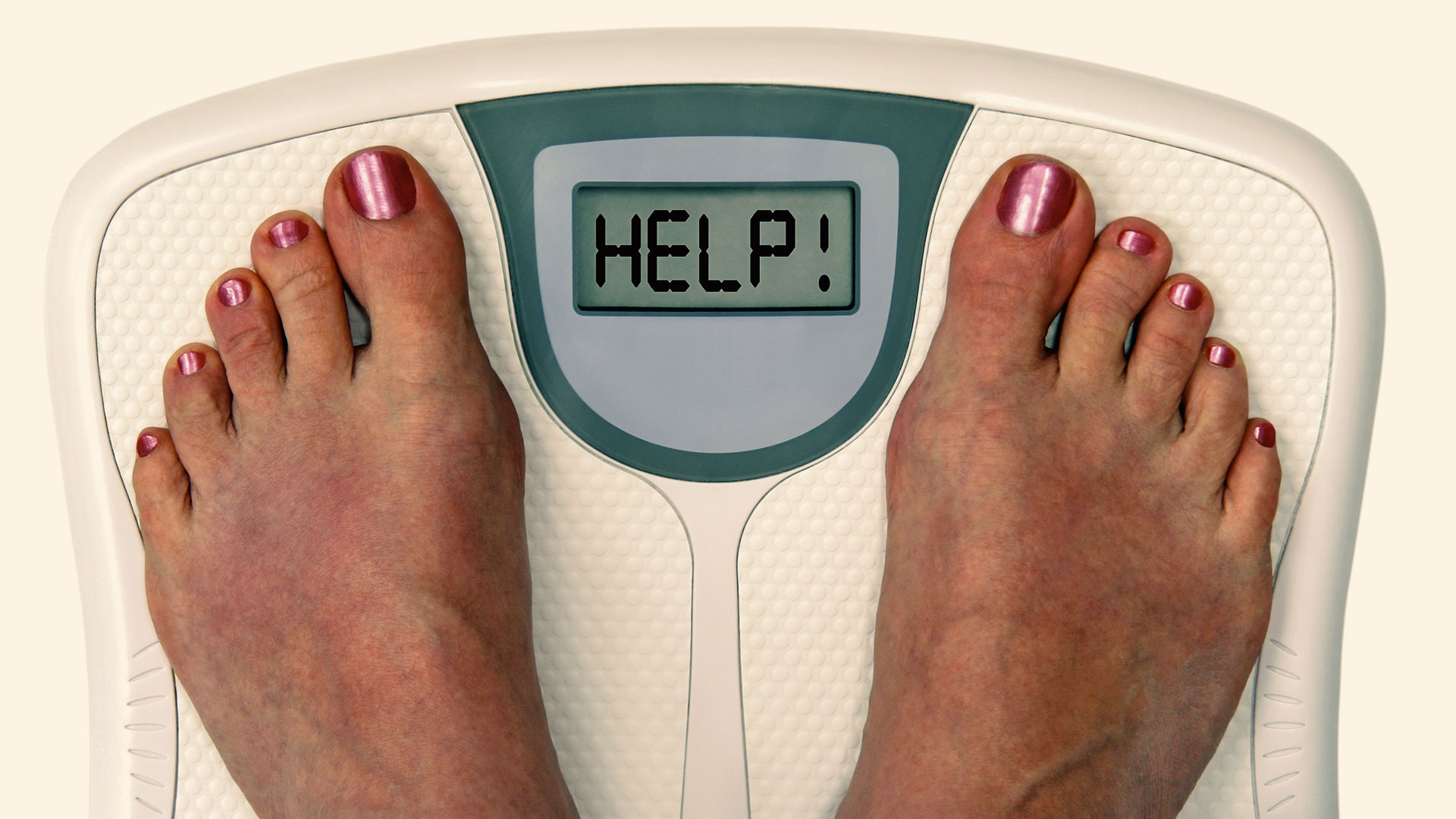
Statistics show Americans are losing the battle with weight, with obesity becoming the second leading cause of preventable death. For many women, diets don’t seem to work. If you’re a woman who’s had trouble losing weight, you may have been following the wrong plan.
Not Your Husband’s Diet
Men and women have different hormonal panels. That could be a reason why women might have a harder time shedding extra pounds compared to their male counterparts. Gynecologist and best-selling women’s health author Dr. Sara Gottfried learned this lesson first hand.
“I was trying the ketogenic diet with my husband,” she told CBN News, “He lost 20 pounds. I gained weight. And I hear that from so many of my patients and my followers and I think it’s important to realize the missing piece is hormones.”
Dr. Gottfried says the root of the problem lies in the fact that most diets are designed by men, for men. In fact, only twenty percent of the studies on metabolism use female participants.
“We know that most research is done on men. It’s assumed to apply to women,” she said, “And yet women are not men with breasts. We’ve got very different hormonal exposures, we’ve got very different hormonal balance, and so the way we eat really needs to be different.”
Dr. Gottfried’s research on women and weight loss led her to develop a hormone balancing diet that she tried on herself. She finally ended up dropping the stubborn twenty pounds that she had wanted to shed for years.
“This was what was missing for me when I was trying to lose that twenty pounds,” she explained, “No amount of exercise or dieting is going to work if your hormones are out of balance.”
What Can I Eat?
After Dr. Gottfried’s patients began losing weight on the hormone-balancing diet, she decided to share it with a broader audience of women, in her book, Women, Food and Hormones: A Four-Week Plan to Achieve Hormonal Balance, Lose Weight, and Feel Like Yourself Again.
The book contains 50 recipes such as Fettuccine Alfredo and taco salad that are slightly modified from the traditional recipes but still qualify as comfort foods.
“I’m a big fan of swaps, making sure you get the foods you love the most,” she said.
She says her turmeric braised chicken is especially popular with the whole family.
“That’s one of my favorites, for the kids and adults, especially husbands,” she said. “That’s almost like fried chicken.”
She says the purpose of the diet is to balance a woman’s hormones which makes her feel great and leads to overall good health. She says the goal of any diet should be to feel your best. She says this diet achieves that, but as a wonderful side-effect, leads to weight loss.
Phase One: Detox
The hormone-balancing diet is called The Gottfried Protocol. It’s broken down into three main parts. The first section is detoxification, which Dr. Gottfried says is missing from most diets, particularly the ketogenic diet.
“Detoxification includes eating cruciferous vegetables, the cabbage, the broccoli, the radishes the cauliflower,” she explained.
Among other things, the detox phase primes the liver to work efficiently to process fats and other foods and beverages.
Keto, with a Female Touch
After the detox phase, The Gottfried Protocol involves eating mostly healthy fats. The wide variety of recipes help people who can get stumped trying to figure out what that means.
“For breakfast, I’ve got an egg avocado bake,” she said. “So that’s an example of really healthy fat.”
While the plan is similar to the keto diet, The Gottfried Protocol includes more carbohydrates because a diet that is too low in carbs can cause hormonal disturbances in women that can make them feel terrible and stay overweight.
“It can trigger a stress response which raises cortisol which can block belly fat from being lost,” she said, “Number two, it can cause problems with serotonin, [which] makes it harder to sleep. And number three, it can raise your reverse T3, which can block thyroid function.”
The diet calls for a moderate amount of protein, such as poultry and fish.
While the diet allows only a small amount of sugar, there are certain recipes on that plan that are similar to our guilty pleasures.
“So one of my favorites is this dark chocolate pudding. I absolutely love it,” she said, “I also have a dark chocolate coffee cake that I think is delicious. And there are certain breads as long as they’re baked a certain way that really allow you to get that pleasure without ruining your metabolic health.”
Fasting is Key
Unfortunately, eating carbohydrates can raise the hormone insulin, which can cause weight retention. So to keep insulin and other weight-related hormones such as leptin and ghrelin balanced, The Gottfried Protocol calls for a 14-hour overnight fast every night.
“You’re doing most of it while you’re sleeping,” she explained, “I advise that you don’t eat for three hours before you go to bed. So for instance you might finish eating at 8:00 PM and then eat again the next day at 10:00 AM.”
She said among other things, fasting like this re-sets a woman’s insulin levels and guards against insulin resistance, which can lead to diabetes and even some memory and thinking problems.
While some women worry that fasting will cause them to feel too hungry, Dr. Gottfried explains that when a woman’s hormones are balanced, she typically loses the desire to eat all the time.
The remainder of this article is available in its entirety at CBN

